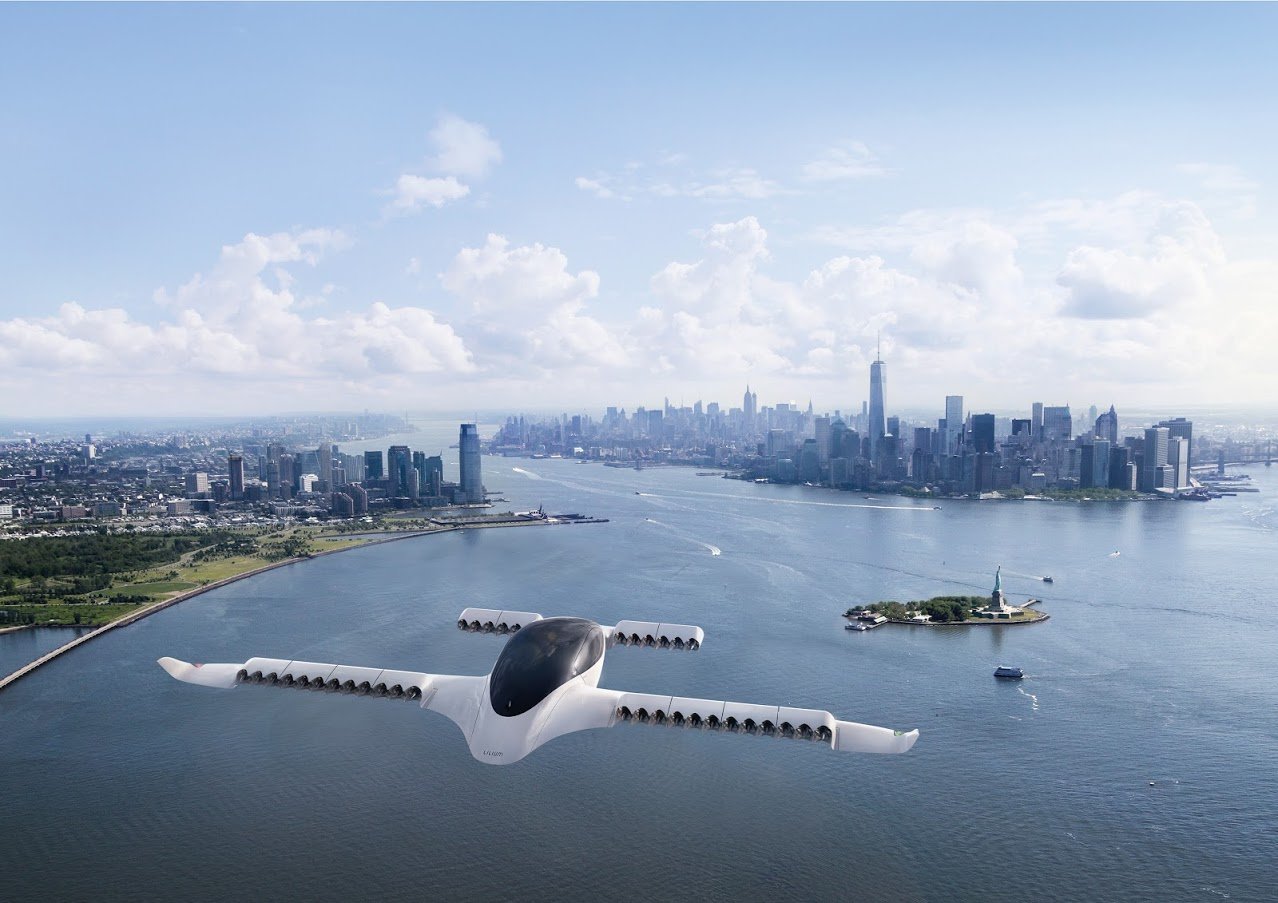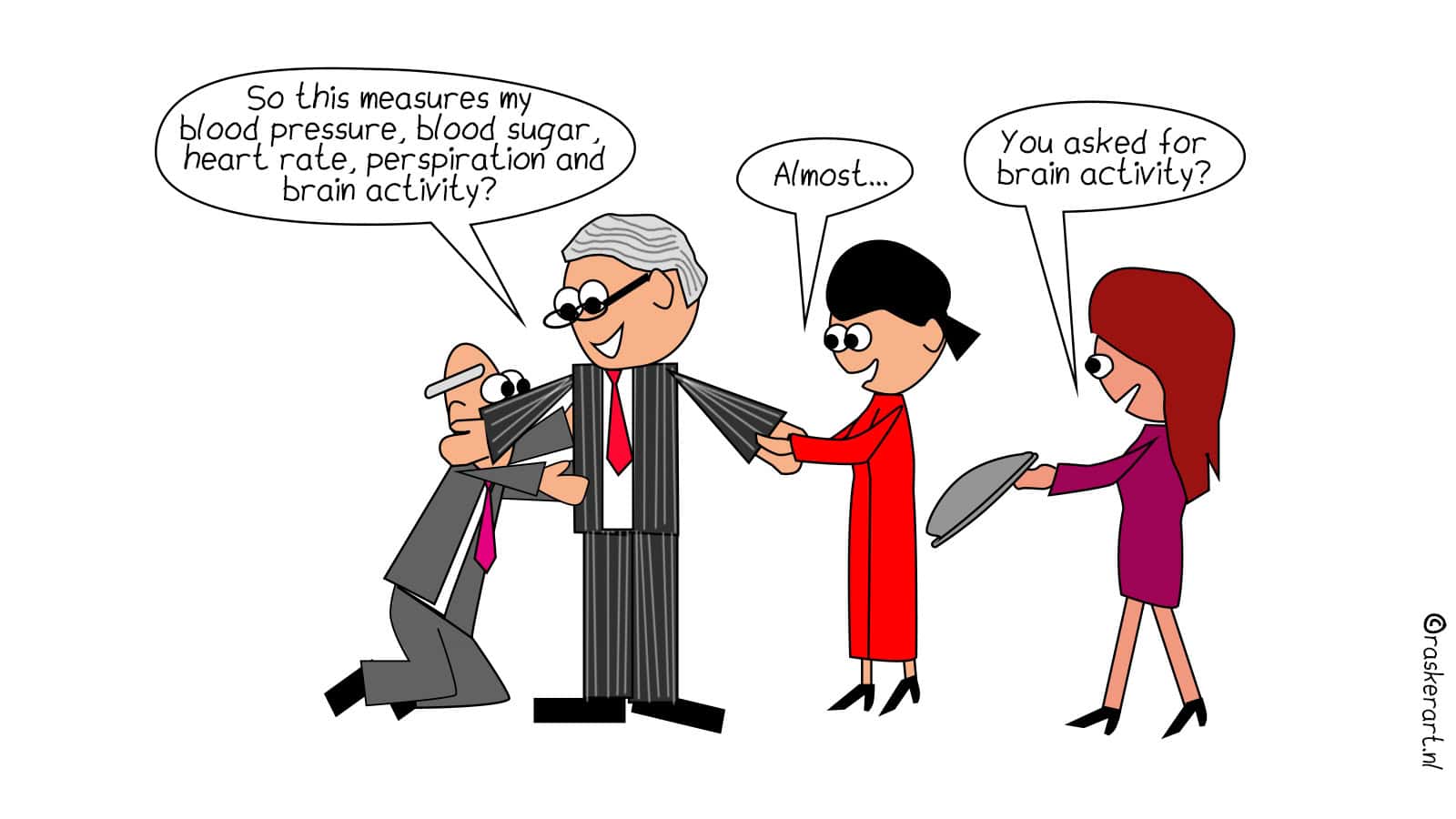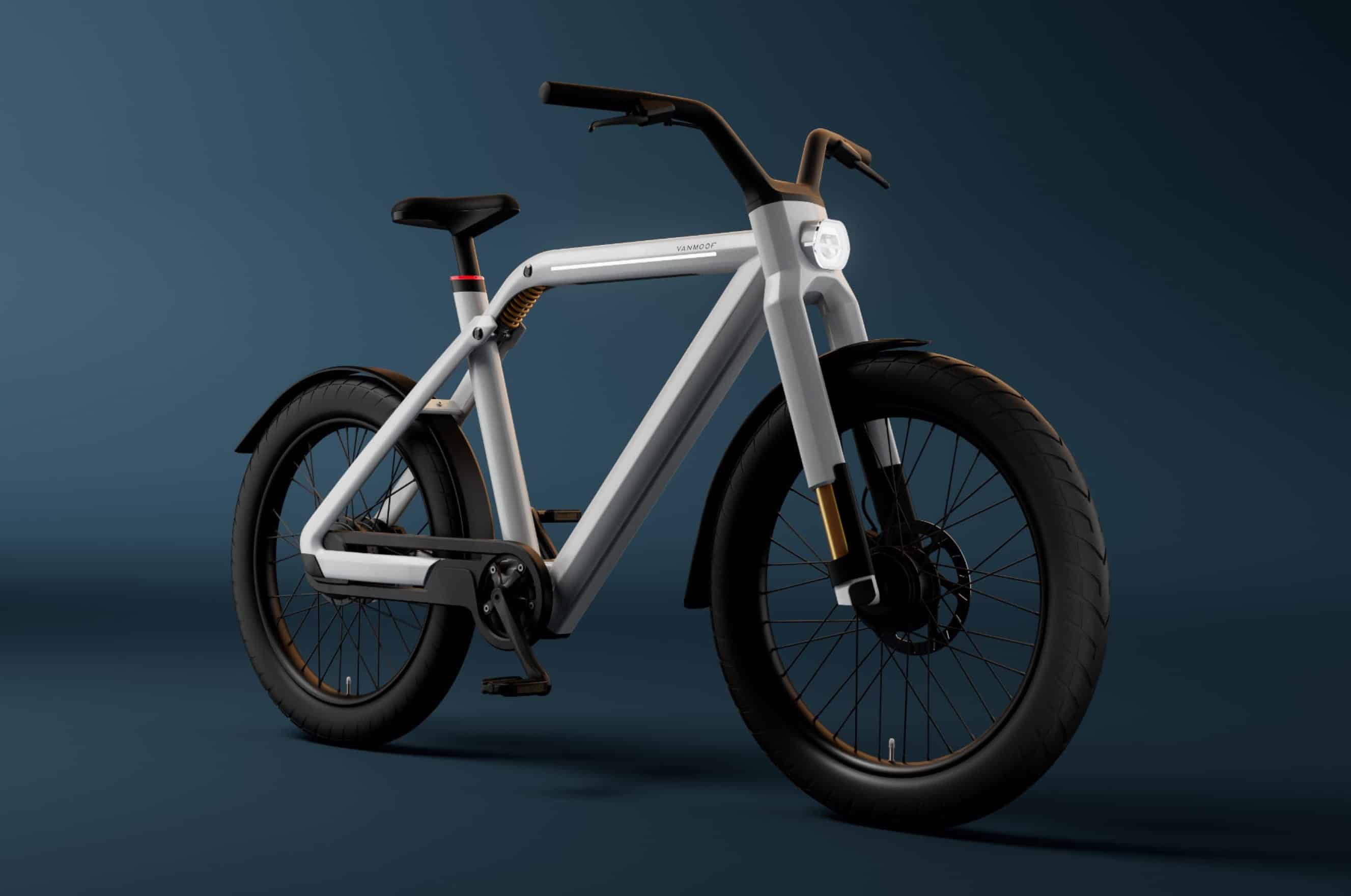
If there has been an innovation of great importance in 2020, it is the development of the corona vaccine. The SARS-CoV-2 pandemic has largely set the agenda, also in the world of science and innovation. That was not necessarily a bad thing. Based on the principle ‘never waste a good crisis’, all kinds of developments were accelerated and new technologies were even born. Innovation Origins looks back this month on innovations and developments about which the editors reported almost last year. Today’s theme is mobility.
It is the image that baby boomers grew up with. In the ‘year 2000’, where that year stood for ‘the future’ more than the year itself, we would all get from A to B in flying cars. That element wasn’t completely out of place, but those flying cars are still not widespread. We’re going to have to be patient for a while longer.

Japan’s Skydrive says it will be on the market in 2023 with a flying car for between $300,000 and $500,000. The Skydrive does not need a runway and is therefore suitable for the urban environment. The Dutch PAL-V is expected to be on the market next year.
“History shows that major innovations predicted in three years’ time will almost all come on the market much later, or not at all,” as IO columnist Jan Wouters wrote recently in this magazine.
The end of the hydrogen car?
In 2001, Daimler, Honda, General Motors and Toyota predicted in the middle of the hydrogen hype that a fuel cell car would come on the market three years later. Last month, however, Innovation Origins brought the news that Audi is discontinuing the development of hydrogen-powered cars. CEO Markus Duesmann says he sees no future for hydrogen cars and fuel cells because it is virtually impossible to produce enough CO2-neutral hydrogen for a substantial number of passenger cars in the coming decades. According to Duesmann, there is only one solution for a sustainable passenger car and that is an electric car with a battery. At Audi, this means the end of the h-tron, a car that should have been on the market in 2025 and which the company from Ingolstadt was quite enthusiastic about until recently.

You could have figured it out yourself. After all, in the past year, car builders have all equipped their vehicle concepts with battery-powered electric propulsion as standard. And as far as those concepts were concerned, ‘the sky was the limit. The vehicle concept can be implemented flexibly and individually, depending on the application. The passenger cell is modular and the interior can be adapted to the individual needs of the passengers.
This multi-functionality was also the starting point for the designers of the German Air and Space Center. This vehicle can carry passengers or heavy loads at will. Other designs were based on the idea that you won’t even have your own car in the future. If you still have to travel, you can use this comfortable bus as an alternative to car sharing.

It’s all very practical. Luckily for the true car enthusiast, not all designers of concept vehicles have forgotten that a car should also be able to please, even in the future. How about this sports car from Piech, for example? It will cost a lot. But for the smaller purse there is the Izera from Poland. And because nostalgia dominates people, this year we also experienced the rebirth of the once famous ‘bubble car’, the BMW Isette. Or was it the Microlino?

However, one development seems to be of great importance. All those electric vehicles that will enter our lives in the foreseeable future can play an important role in our energy household. Due to the increase in the number of solar panels (and wind turbines), so much energy can be generated on sunny or windy days that the electricity grid cannot process it. The batteries of electric cars can then serve as energy storage. In this way, the electricity grid is relieved and it means that electricity is available even in the event of grid failures.
A 1,000 kilometer range
Although according to Mark Twain, nothing is as difficult as predicting, especially when it comes to the future, we can safely assume that we will all be driving electrically in the near future. In the last quarter of this year, SALD, a company based in Eindhoven, Netherlands, announced that their battery technology enables a range of 1,000 kilometers. Moreover, the SALD batteries can be charged five times faster than the current ones. Within 10 minutes an almost empty battery is at 80%. After 20 minutes it is full, more than enough for a summer drive to the southern French sun. This is one of the biggest objections against electric driving off the track.

Even for freight traffic there is an electric future ahead. Thanks to XYZ Dynamics’ additional drive shaft, you can turn a diesel vehicle into a much cleaner hybrid. Audi may have suddenly put hydrogen on the back burner, but according to our columnist Jan Wouters, there are plenty of reasons to label this alternative as worthy of the future. “There is a growing belief that the battery will not be the ideal solution for every form of transport,” he states in one of his columns. In addition, there is a growing belief among battery manufacturers that the supply of batteries will not be able to meet future demand. This puts enormous pressure on the mining of rare earth materials and lithium, among other things.
For heavy traffic, a fuel cell that runs on hydrogen is still an excellent alternative to diesel propulsion.

The corona pandemic has had a huge impact on global air traffic. There has not been so little flying in decades. Will it stay that way? Opinions are divided about that. But it is clear that aviation needs to be cleaner. Emission-free aircraft, alternative propulsion systems and, of course, electric aircraft are being experimented with, especially for flights on shorter distances.

If those dreams come true, from 2025 electric taxis will fly between airports in the German Ruhr River Valley and several major cities in the region such as Münster, Dortmund, Bielefeld, Aachen and Siegen. According to Operations Director Remo Gerber of Lilium, emission-free connections with a journey time of less than 30 minutes will be available at an affordable price.
Hyperloop: Traveling at the speed of sound
Others, however, are putting their money on new mobility systems, such as ultra-high-speed trains. But then, according to Professor of Transport Policy Bert van Wee at TU Delft, Netherlands, something needs to be done about air traffic privileges. Aviation currently pays no tax on kerosene, no VAT on international tickets and there is often even indirect support for aviation via regional airports, Van Wee explains. “If we deprive aviation of its privileges, the competitive position of the long-distance train will be much more favorable, says Van Wee. “It’s extremely difficult to compete against aviation if you can fly from the Netherlands to Barcelona for less than 100 euros.”
One of those alternatives is the hyperloop. In the hyperloop concept, the passenger capsule flashes at the speed of sound in a tube that is a partial vacuum. The father of the concept is SpaceX founder Elon Musk. There are several pilot projects, for instance in Germany, Poland, the Netherlands and Spain.

On paper, the hyperloop is of course a wonderful alternative to air traffic and even to long-distance high-speed trains. For the time being, however, it seems like something from a distant future. There is a much greater chance that you will be able to drive fully automatically to another city by car.
Technicians and scientists on all sides are experimenting with vehicles that are able to find their own way in traffic. It starts small, like with the Mercedes looking for a spot in the parking garage. But vehicles are quickly becoming smarter.
Cars learning to drive like a human being
Scientists at Delft University of Technology have even developed a new algorithm to better describe human driving behavior. Current models determine driving behavior by means of an optimal path. An optimal path is an ideal route, but that is often not how people drive. And that is an important detail. If more account is taken of how people drive in real life, this can promote the acceptance of such cars. After all, the driving behavior of the car then feels less like a robot.
Also, more and more intelligent systems are rapidly being introduced into the car at a rapid pace. This includes radar being built into the headlights, an intelligent rear-view mirror and smart road surfaces that give truck drivers information about their tire pressure.

And what about shipping? Well, that’s not so easy. Ships simply last a very long time and are not replaced quickly. Nevertheless, this sector is also busy making transport by water more sustainable. Initially, shipbuilders are thinking about modifications to the current ships’ engines and alternative fuels. But even now they are already working hard on the engine room of the future. Eventually, the industry thinks that even autonomous sailing ships will come into service. This summer, the robot ship Mayflower chose a large sloop for a test run. It was the first large ship to cross the Atlantic Ocean without a captain, crew or fossil fuels.
Participate in our poll:
[yop_poll id=”3″]








